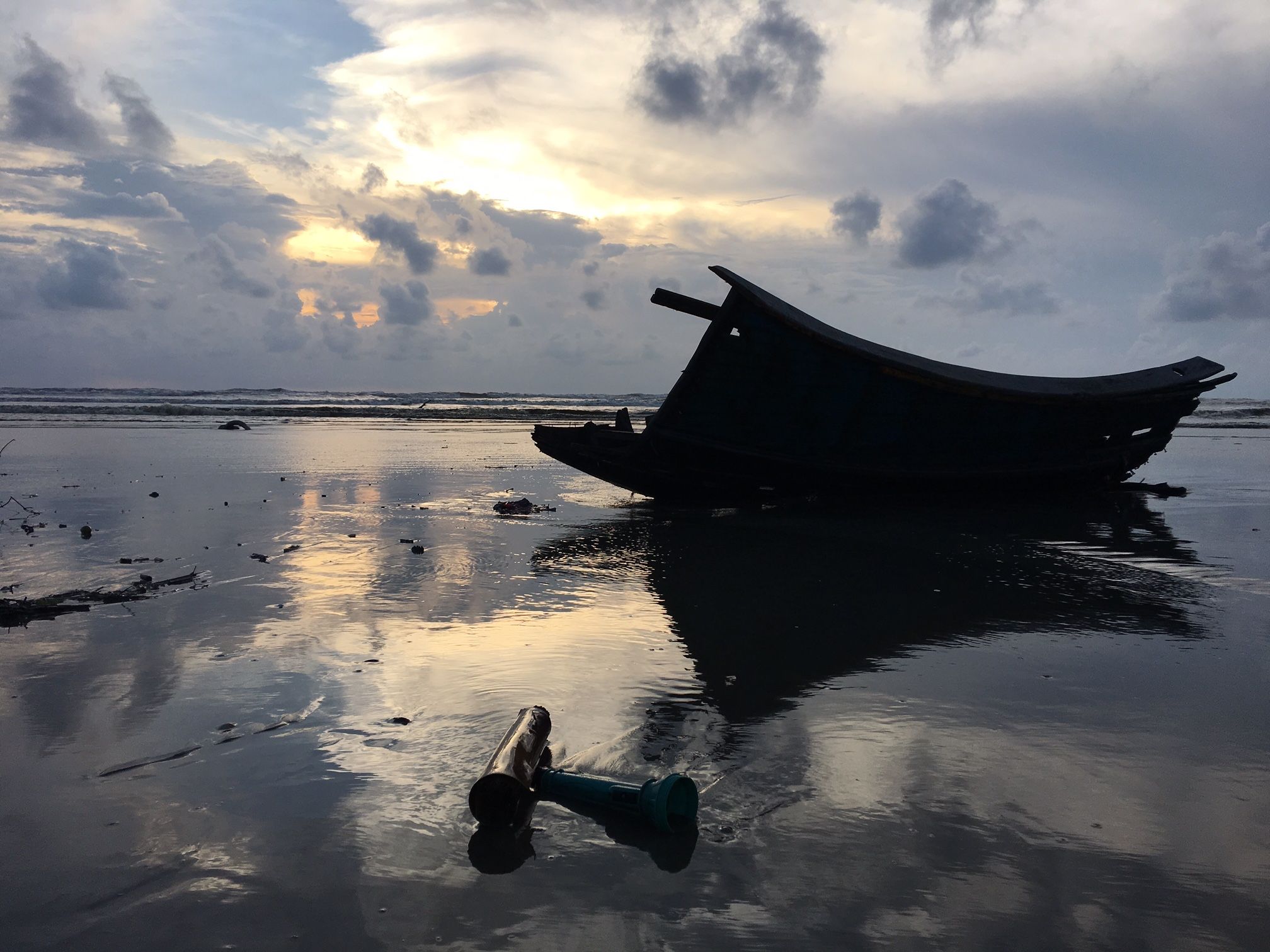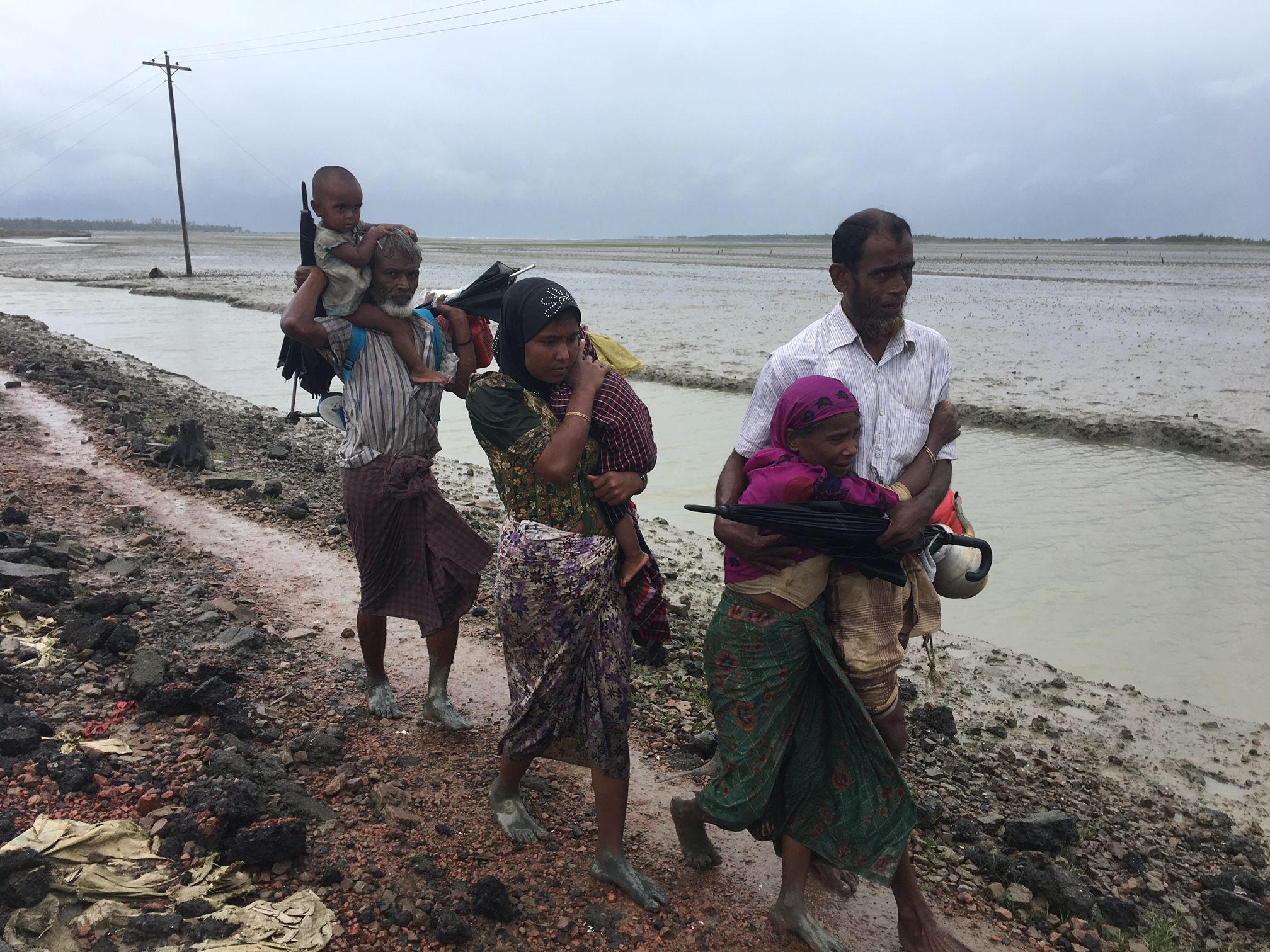Five years after the transition from military to civilian rule, Burma is in the middle of an economic boom that has made it the envy of Southeast Asia. But peace and prosperity in the “New Burma” are not for all.
Far beyond the veneer of an up-and-coming democracy, government forces have ramped up wars against a host of peripheral ethnic groups. In resource-rich Kachin State, a brutal offensive against the Christian minority has killed thousands of civilians and displaced more than 100,000. In western Rakhine State, more than 600,000 Rohingya Muslims—over half the country’s Rohingya population—has been uprooted by a systemic campaign of indiscriminate killing, mass rape, and arson that the United Nations has called a “textbook example of ethnic cleansing.”
In a dangerous twist, a contagion of Buddhist nationalism and xenophobia has aligned the military and mainstream Burmese, many of whom dismiss events in Kachin and Rakhine as politically motivated “fake news.” As ethnic tensions intensify, Jason Motlagh explores the fault lines that stretch from Burma’s heartland to its borders.
Late at night, Dudu Mia and his family wash up on the shores of Bangladesh. Their village in neighboring Myanmar was attacked by the military in an ongoing campaign to purge the Rohingya Muslim minority from the country; the refugees bring with them countless horror stories of rape, bombings, and shootings. As the newly arrived refugees process the loss of family, they must also navigate a new reality of living in the camps.
In Part 2, we continue with Dudu Mia and his family as they navigate the chaos of the refugee camps and seek shelter and medicine. We also meet with surviving members of ARSA, the Rohingya resistance movement that attempted to fight back against the Myanmar military, resulting in the violent blowback that pushed many of these refugees from their homes.



